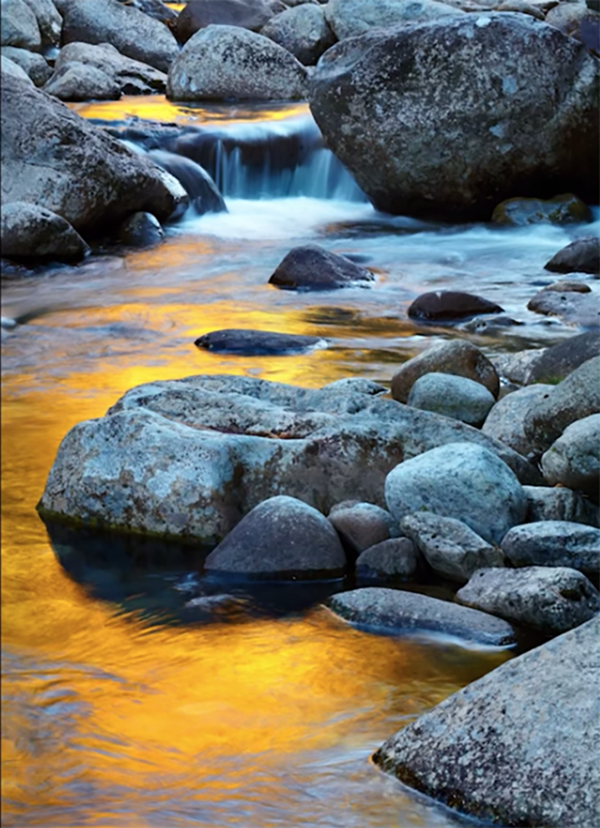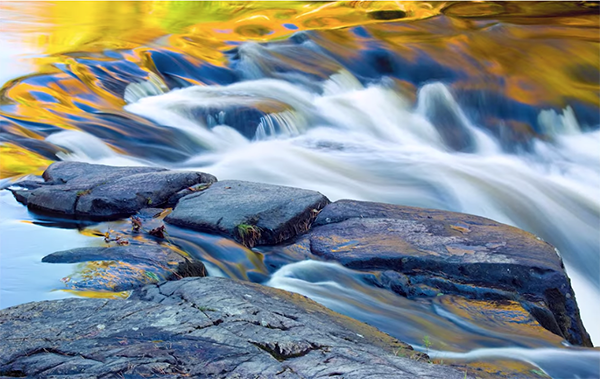Polarizing Filters: When & When Not to Use Them (VIDEO)
One filter that’s in the bag of every experienced outdoor photographer is the versatile polarizer. Unfortunately, there’s a lot of misinformation out there about the best way to use this affordable tool, and today’s tutorial from Photo Masters clears up all the confusion in barely 12 minutes.
Polarizing filters enhance images in a variety of ways, so you don’t always have to reply upon post processing for certain enhancements. Instructor Ian Plant is founder of the popular YouTube channel, and he’s a very accomplished landscape photographer.
Plant summarizes the benefits of a polarizer like this: “Its designed to remove reflections and unwanted glare, and when used properly in the right environment a polarizer will also help you boost color and contrast” while darkening pale blue skies. As you’ll see, it’s important to take a cautious approach and not overdue the effect.

Another key concern is understanding the situations in which you should leave this filter in your bag. Plant explains the difference between the two types of polarizers; one is referred to as “linear” (even though it’s round) while the other is deemed “circular.” The distinction doesn’t have to do with the shape of the filters, but rather the manner in which they polarize light.
The key takeaway here is that the linear type can interfere with certain camera’s autofocus and metering systems; a problem can occur when using older DSLRs. Hence the best bet is to get yourself a Circular Polarizer (CPL) even though it may cost a bit more. In terms of results, both varieties perform the same.
So when should you thread one on your lens? The answer, according to Plant, is simple: “anytime your scene includes unwanted reflections—particularly if there’s a lot of bright glare.” Flowing water like in waterfalls or streams are examples of when polarizers really work their magic. So are wet objects like plants or rocks covered in morning dew. Waxy leaves also benefit from shooting through a polarizer.

The lesson includes a discussion of how these filters work, and the best techniques for getting the job done. The filters have a rotating ring, which increases or lessens the effect when you turn it in either direction. In most cases you want to reduce—not eliminate—reflections, otherwise your images my look rather lifeless.
Another key consideration is your position relative to the angle of the sun. There are a couple other factors to keep in mind for achieving optimum results. As for those times you don’t want to use a polarizing filter, watch the video to find out.
There’s much more to learn about elevating your landscape photography on Plant’s popular YouTube channel, so be sure to pay a visit.
We also recommend watching an earlier tutorial we posted from another pro who discusses the truths and fallacies about always shooting outdoor photos at ISO.




